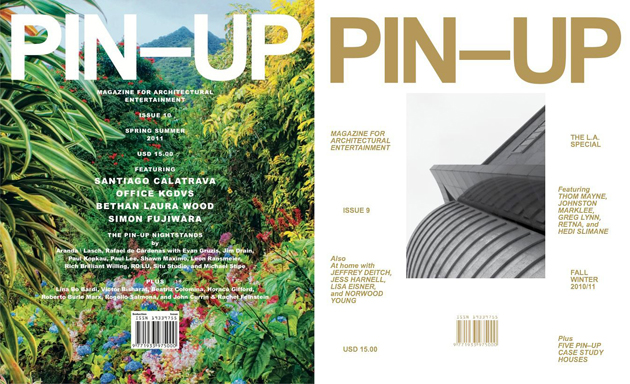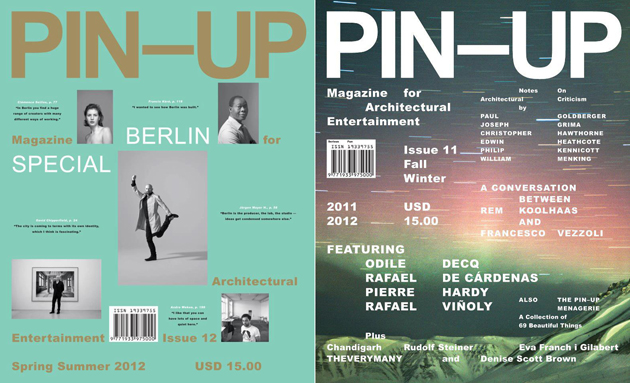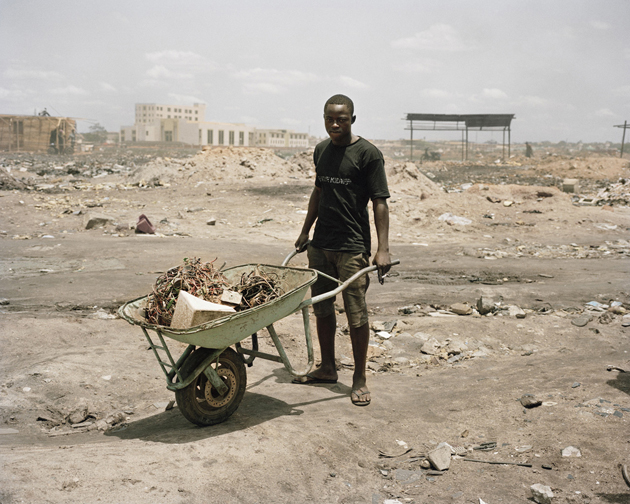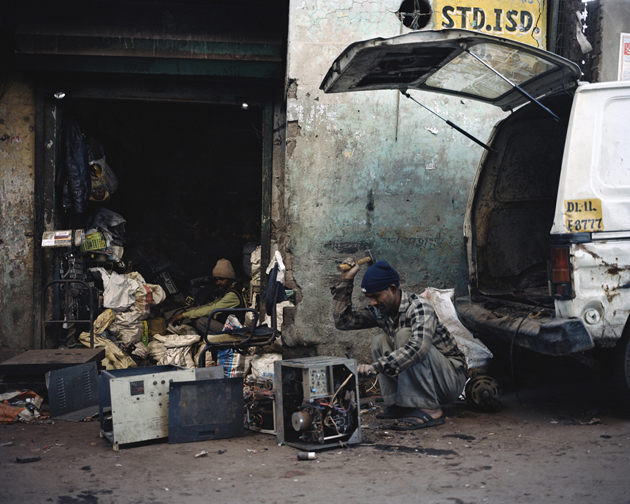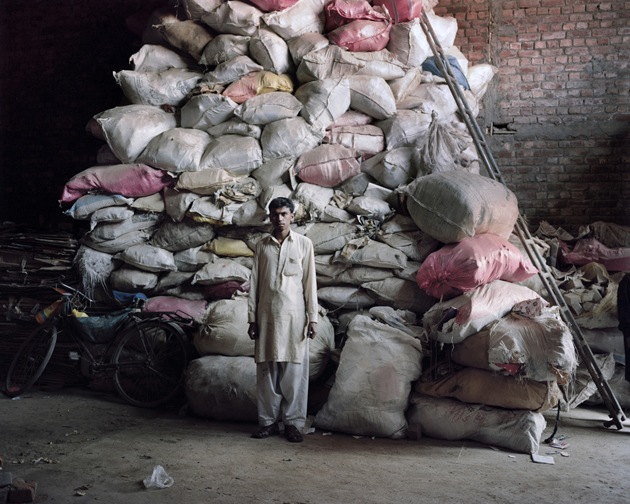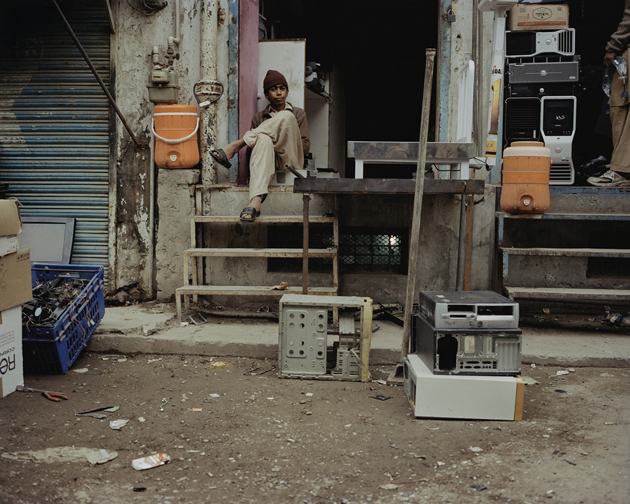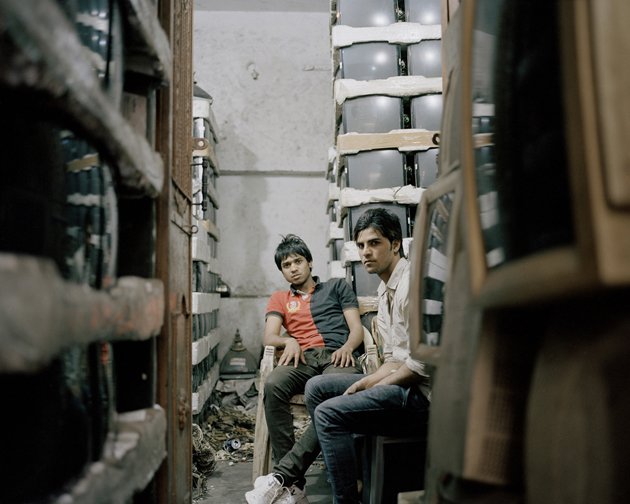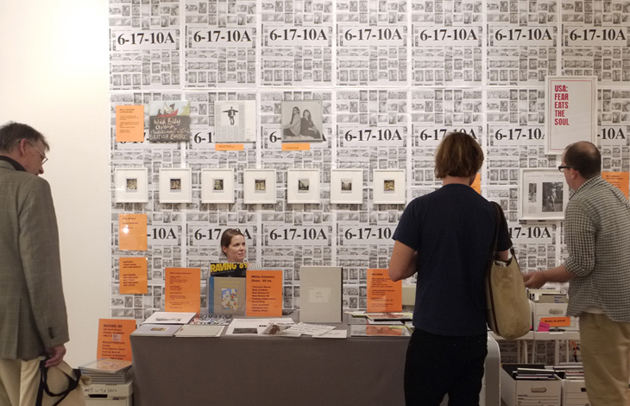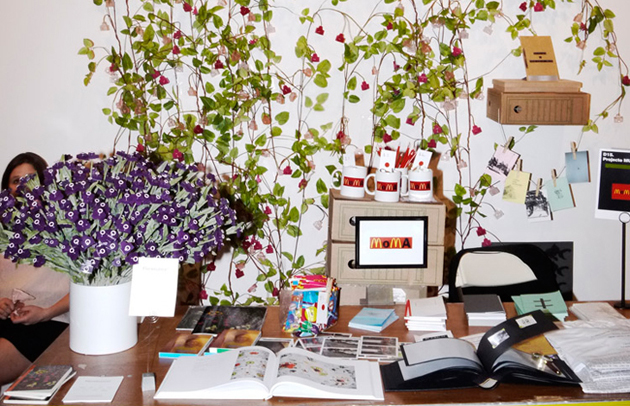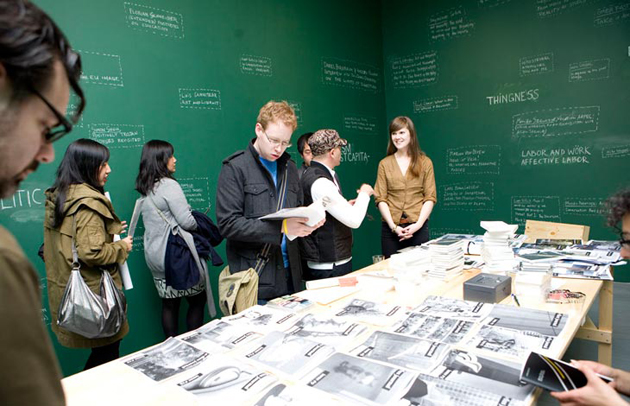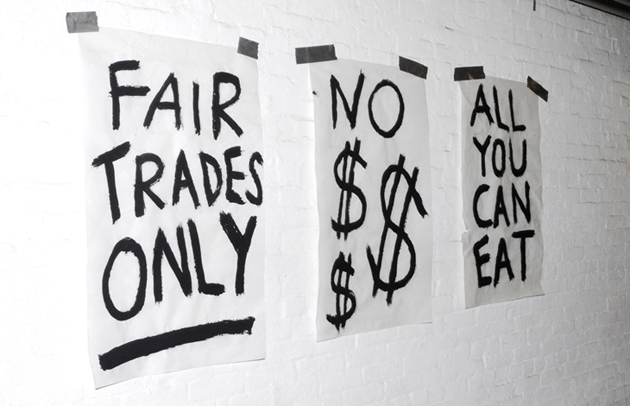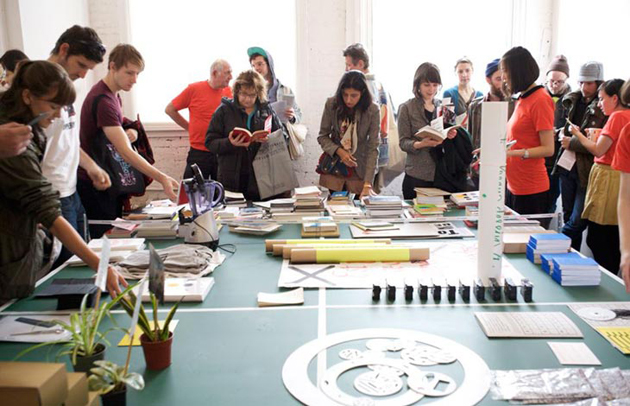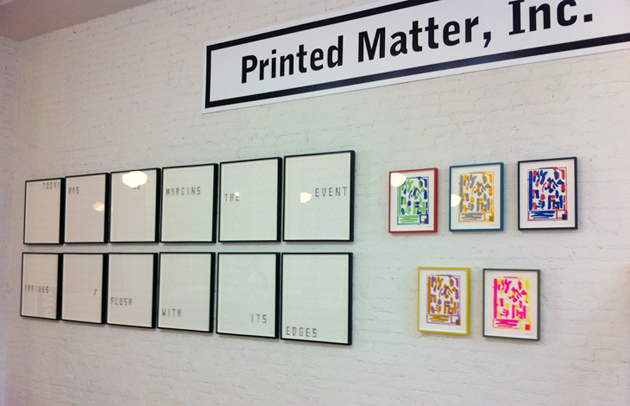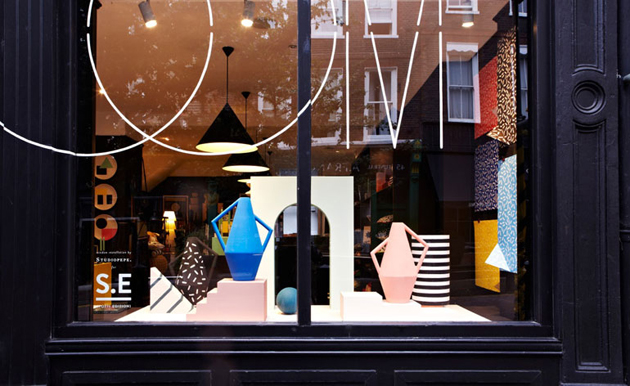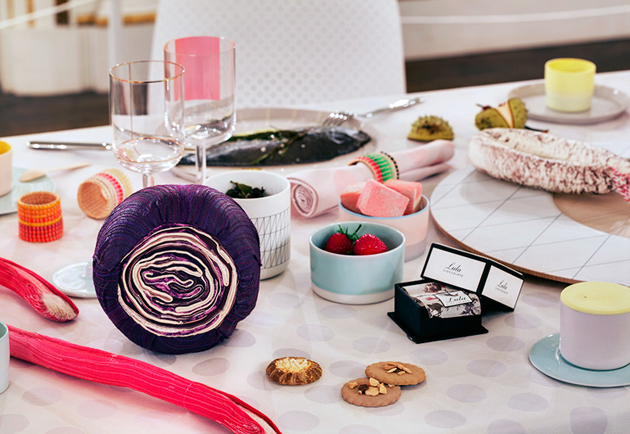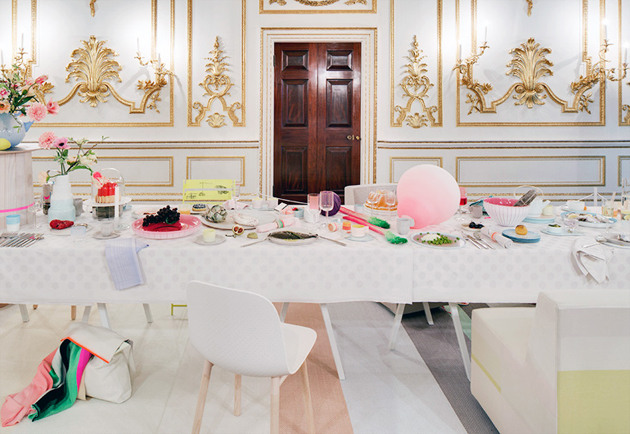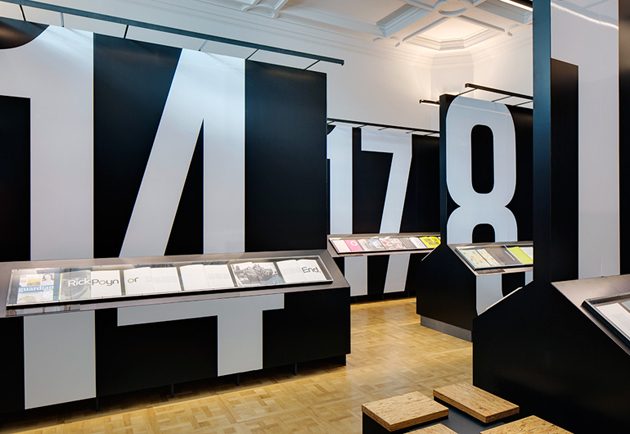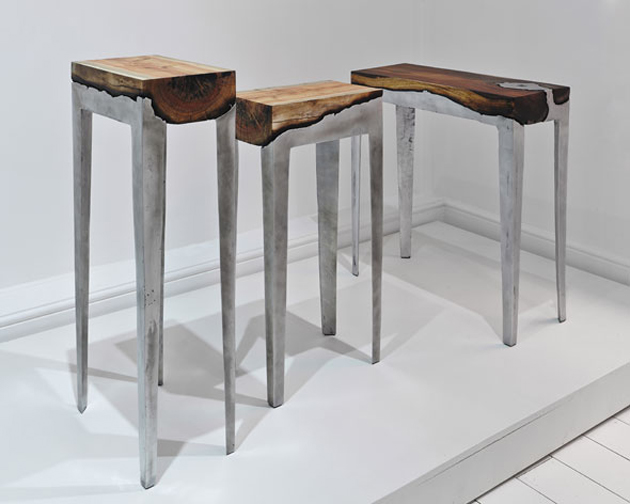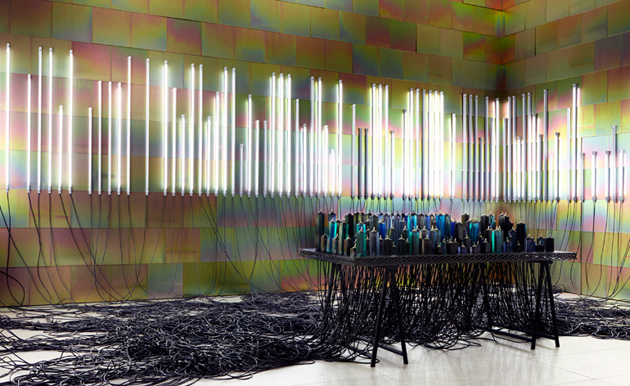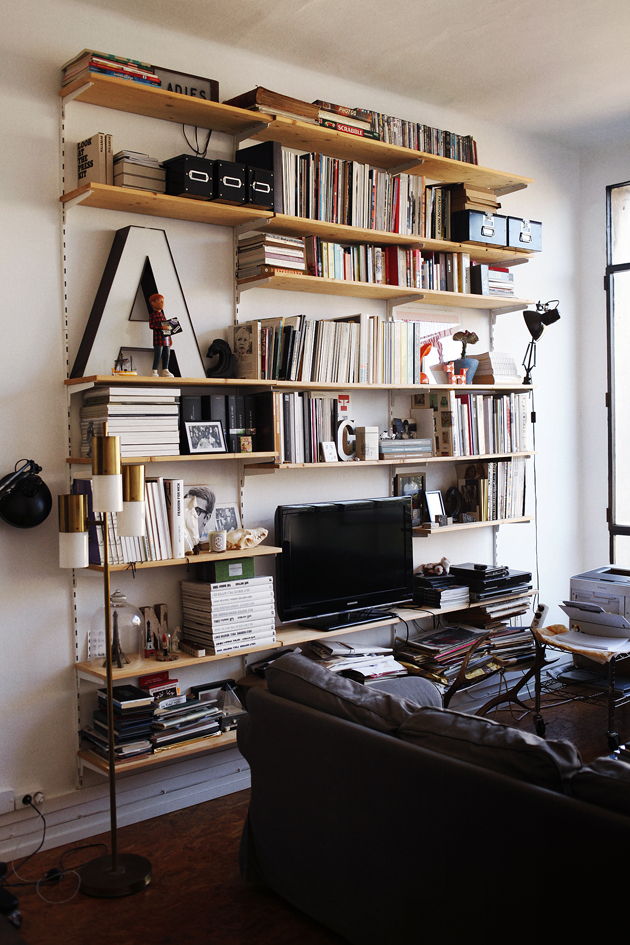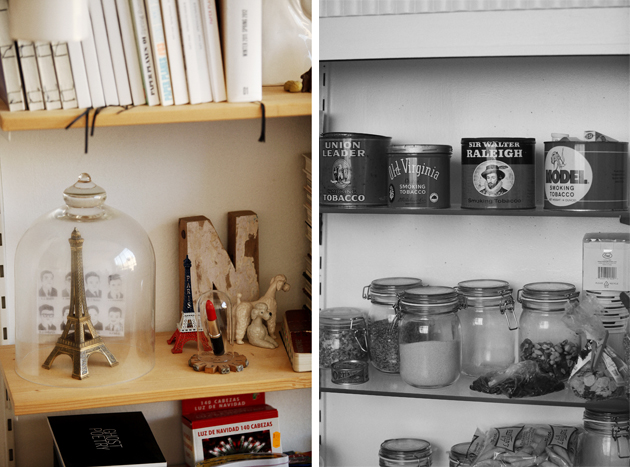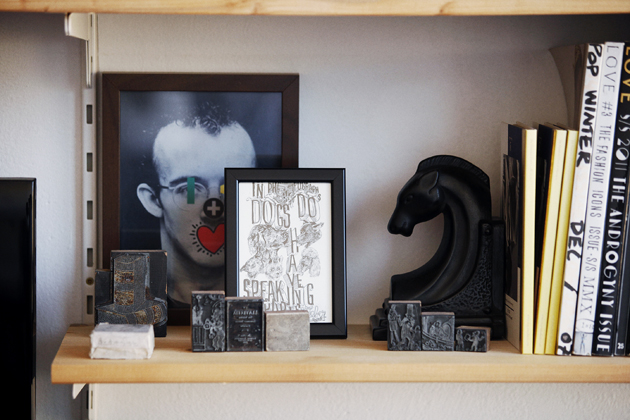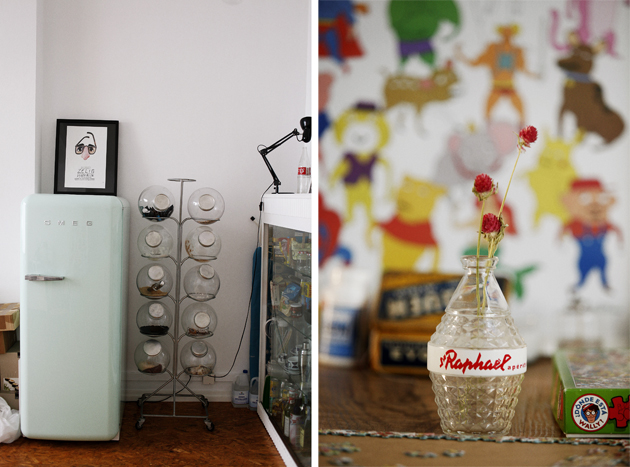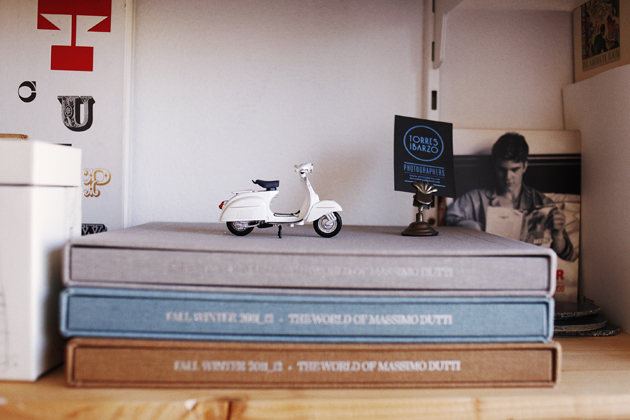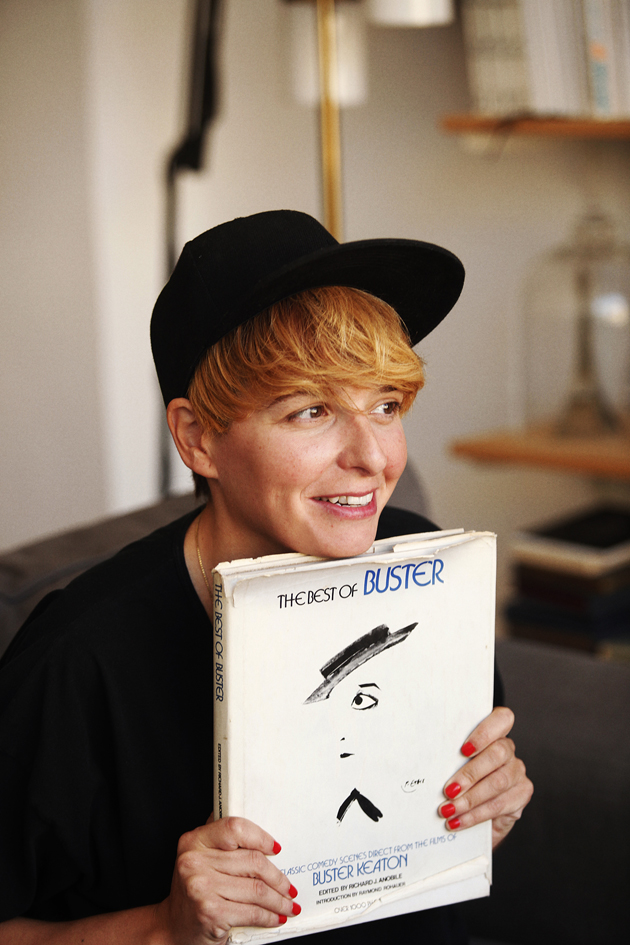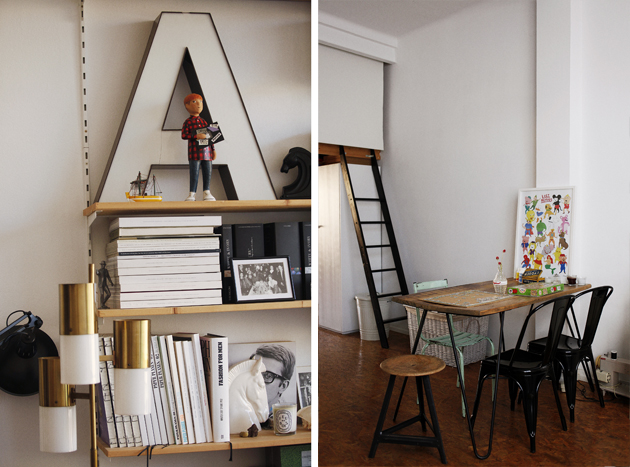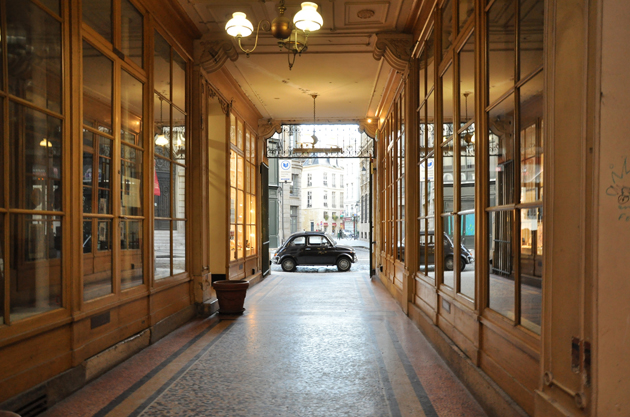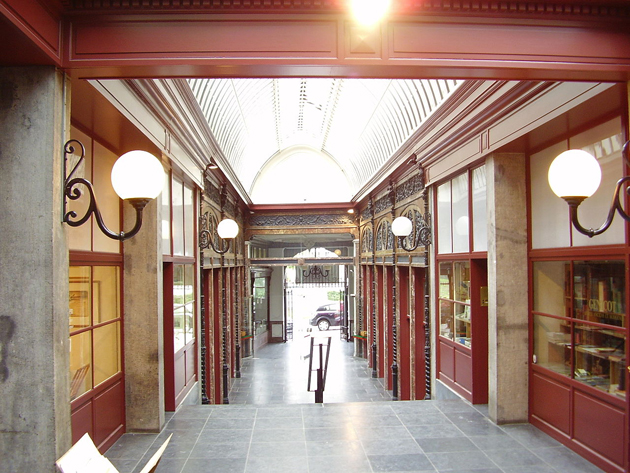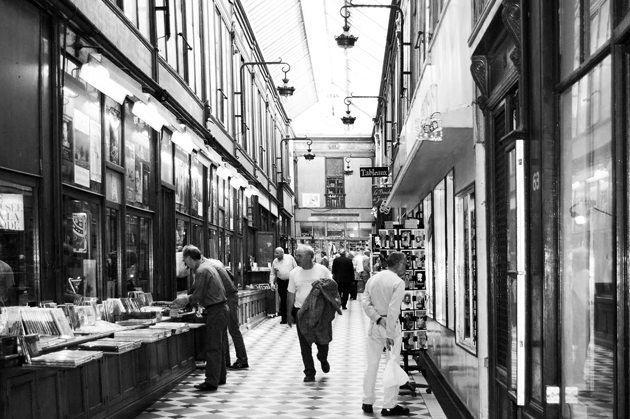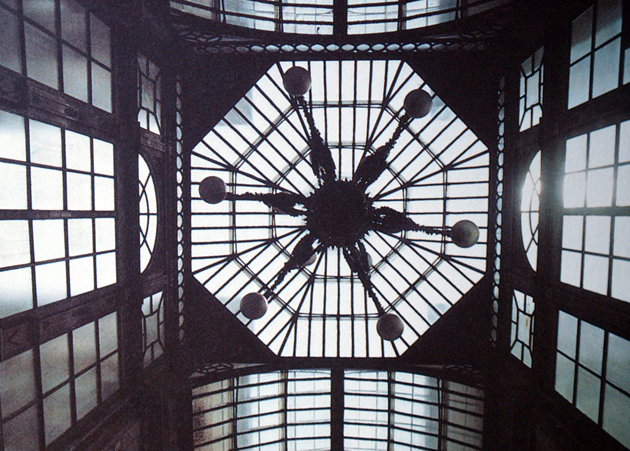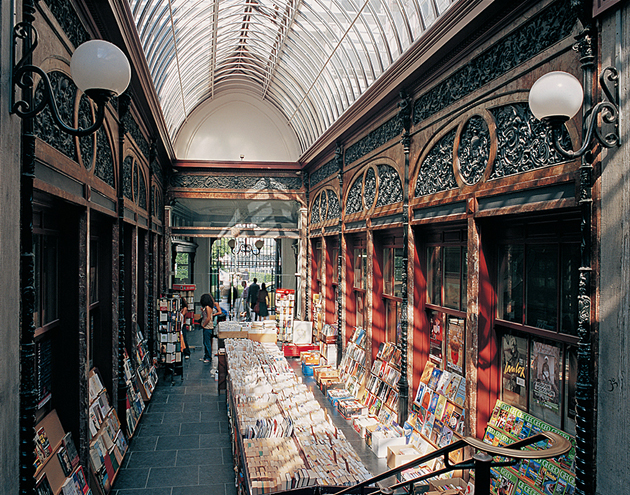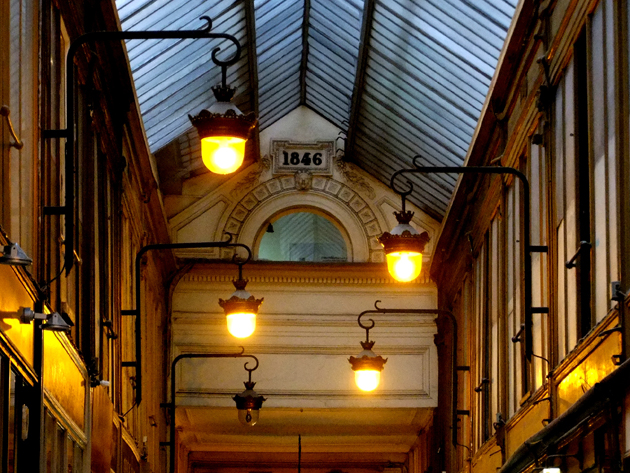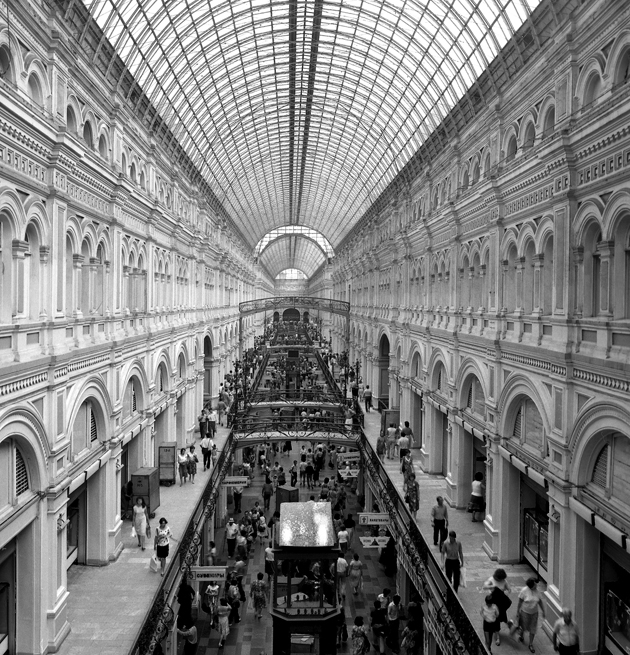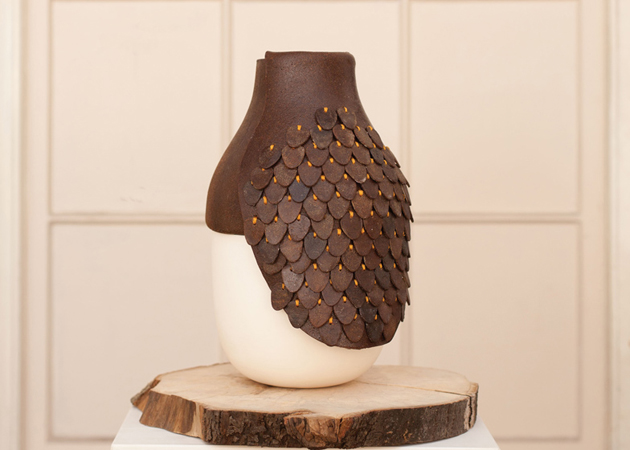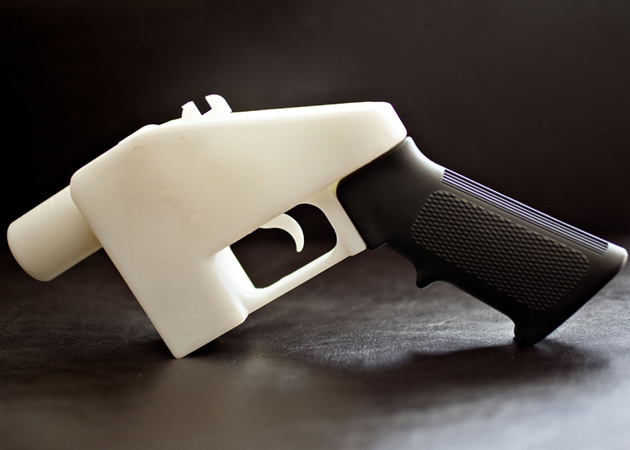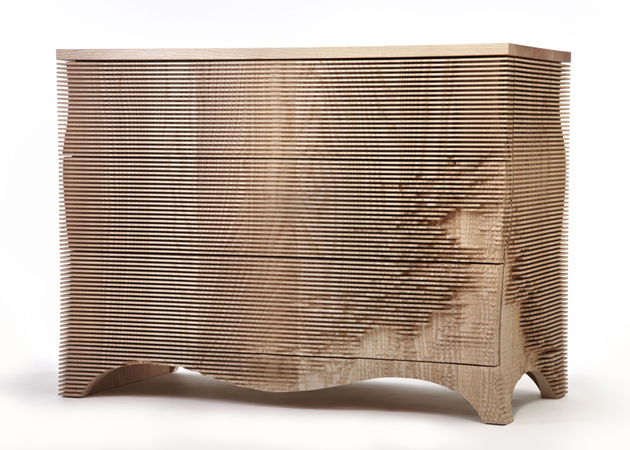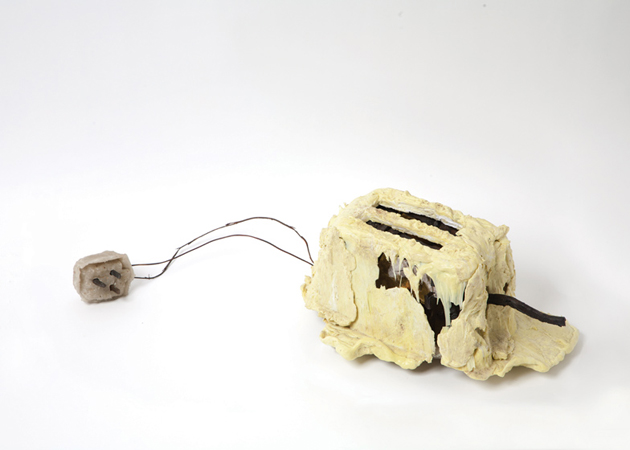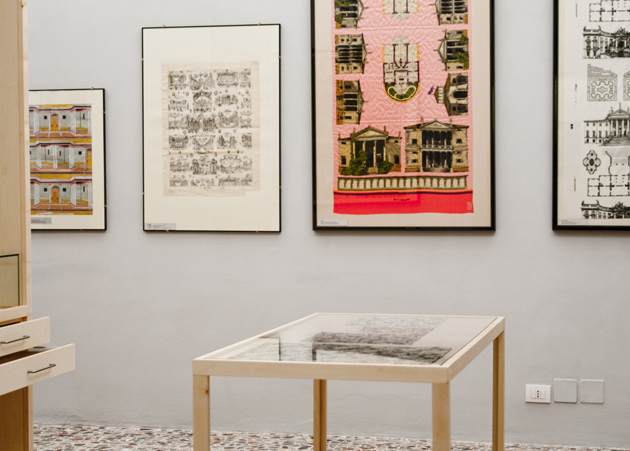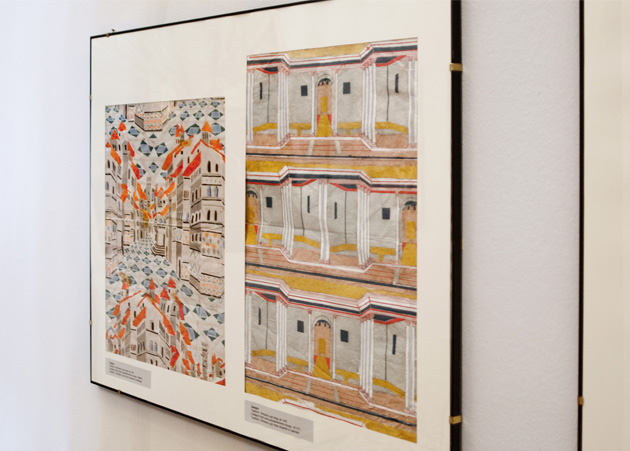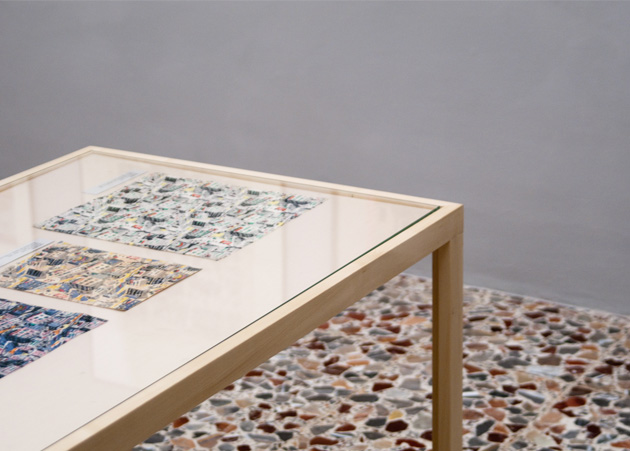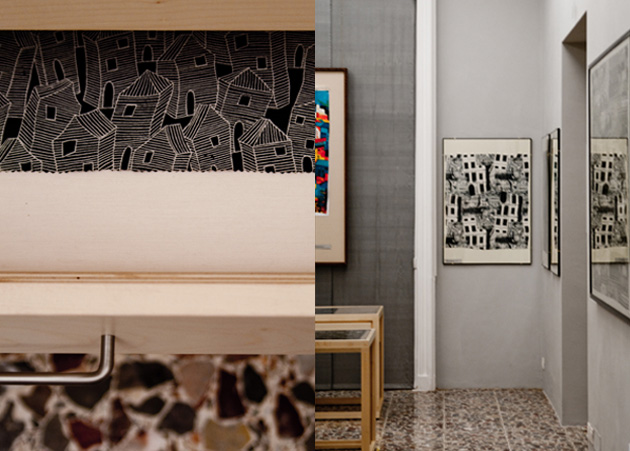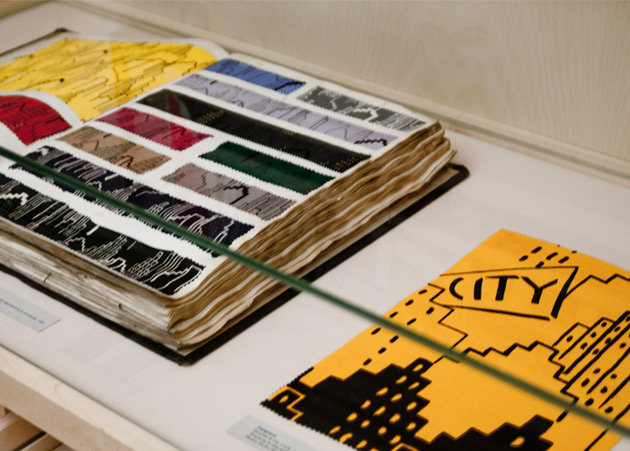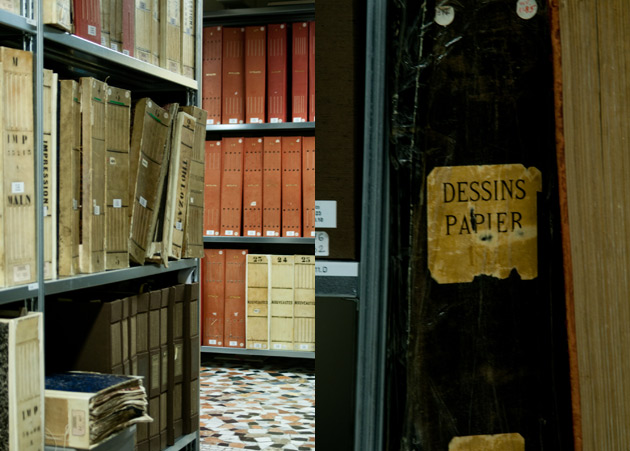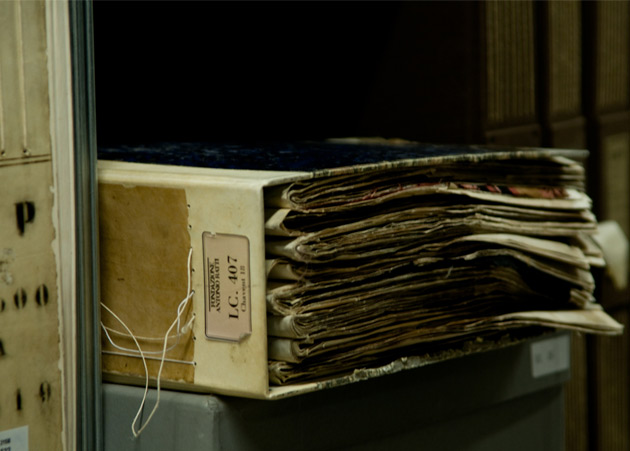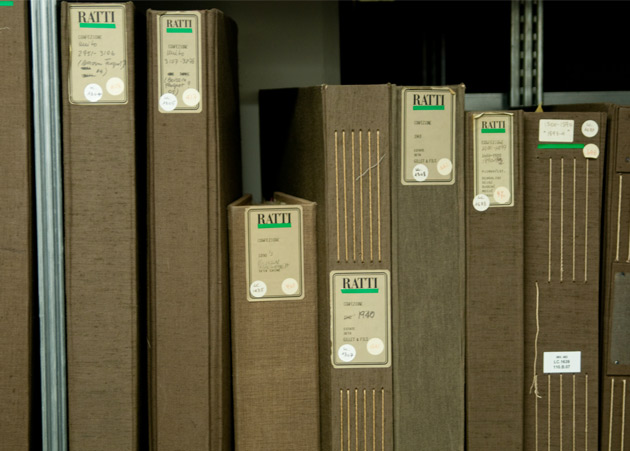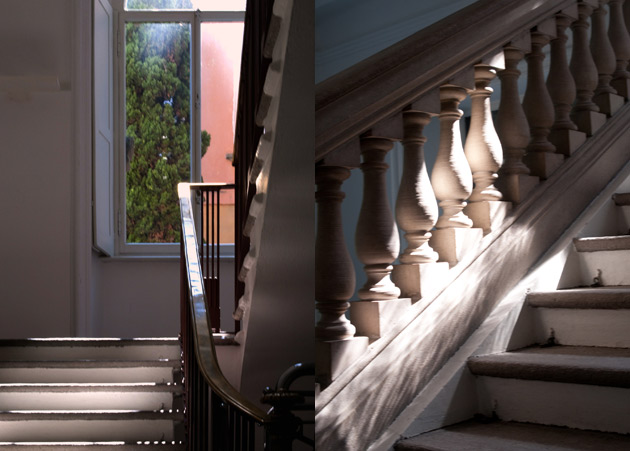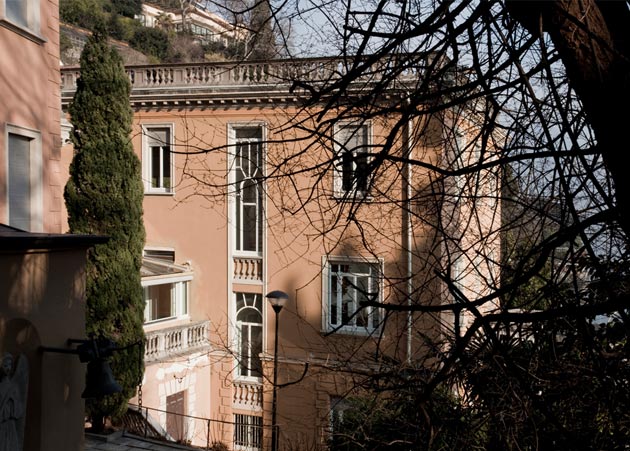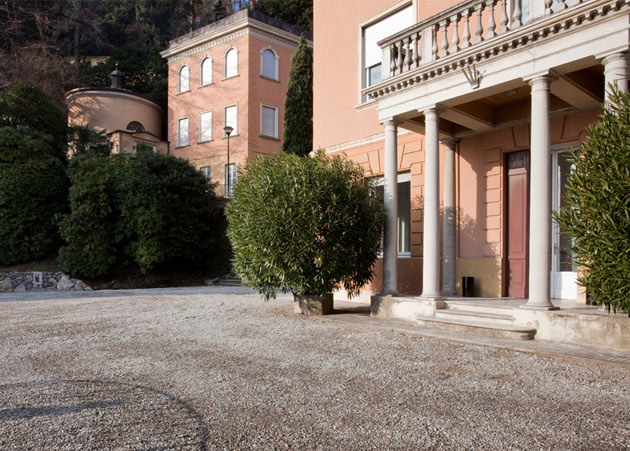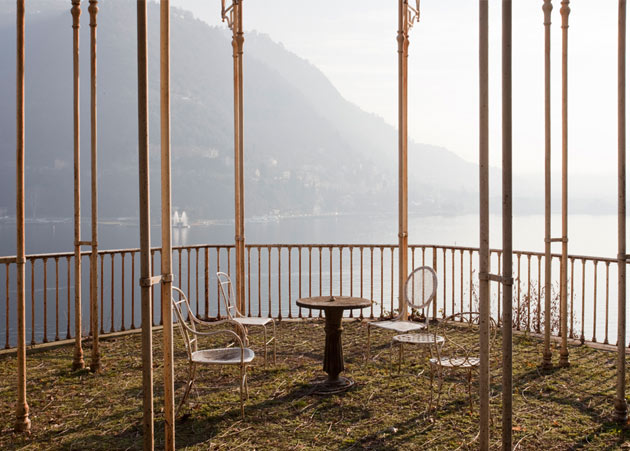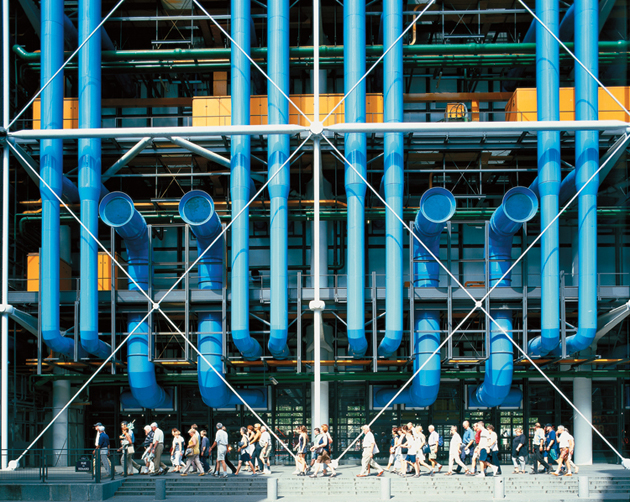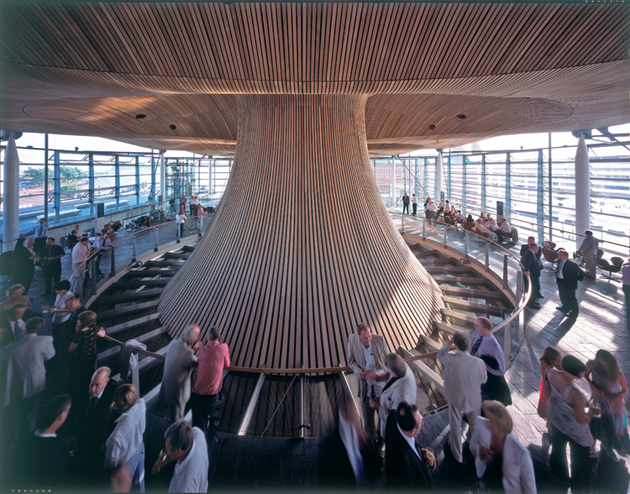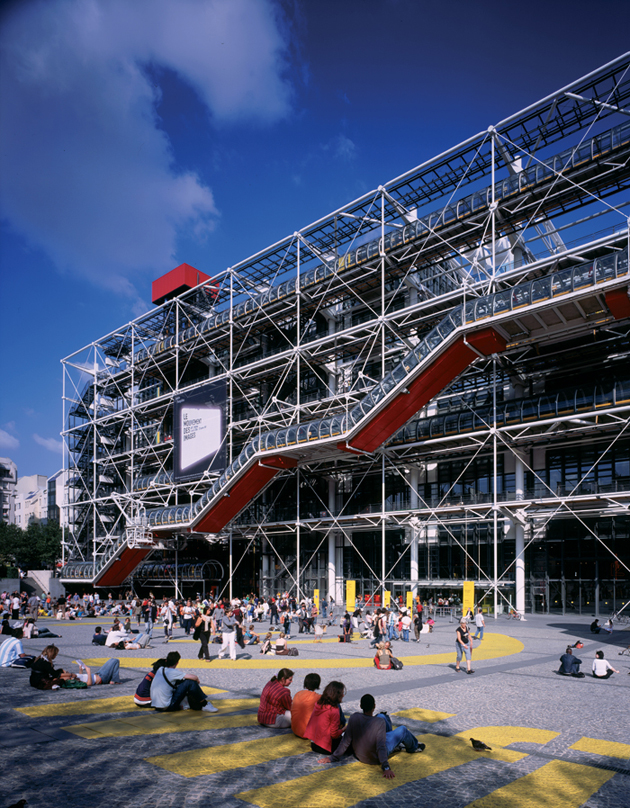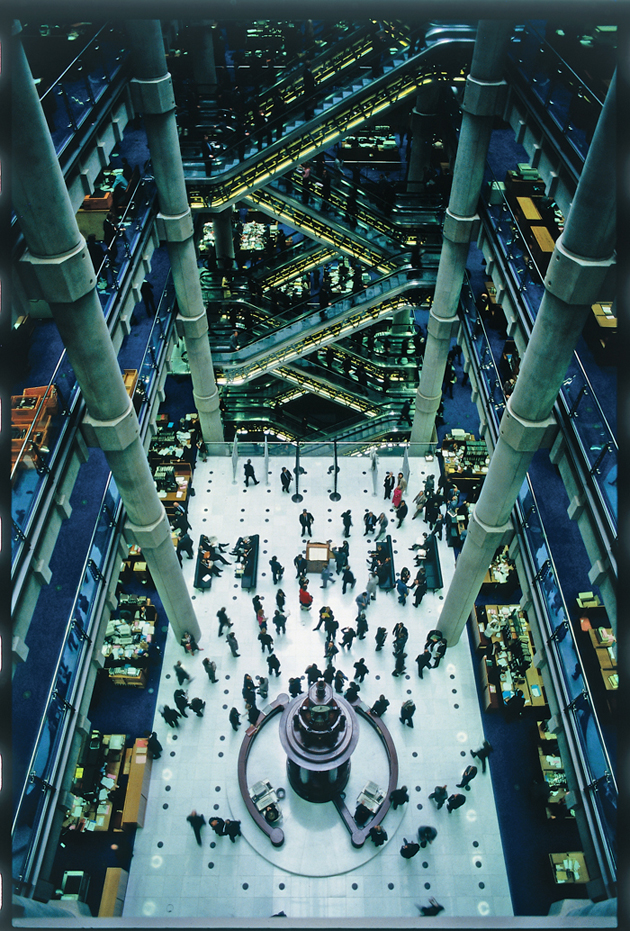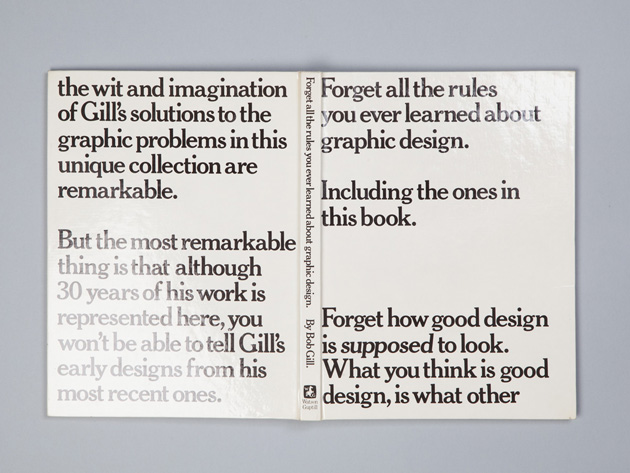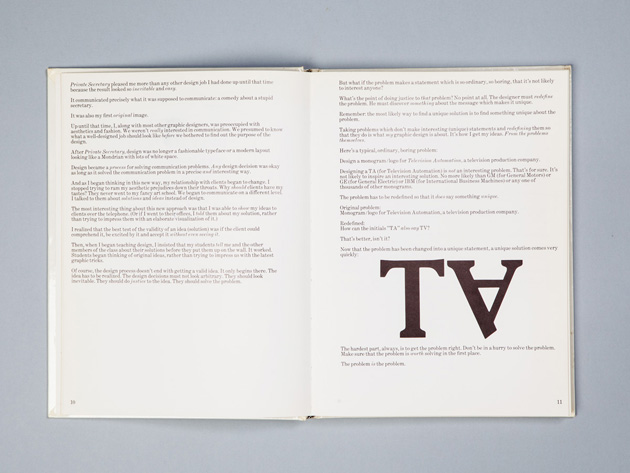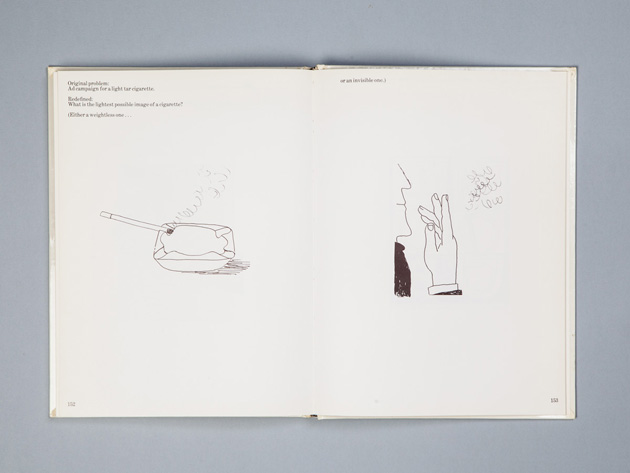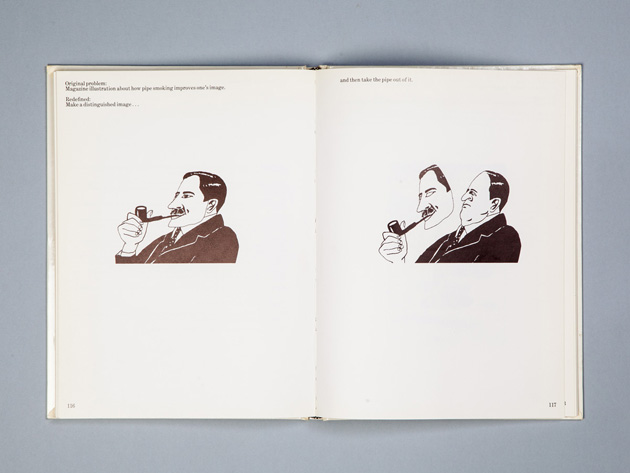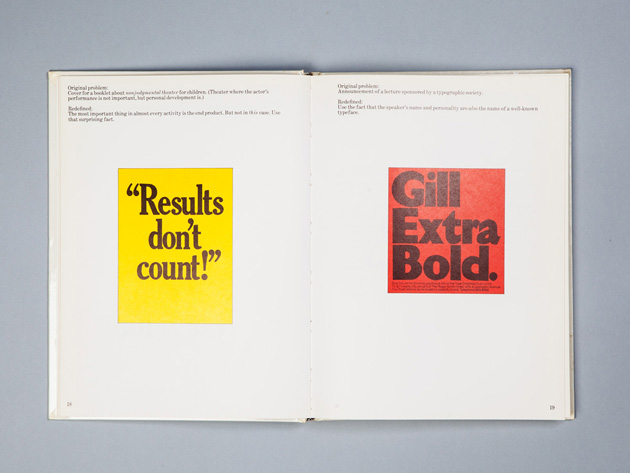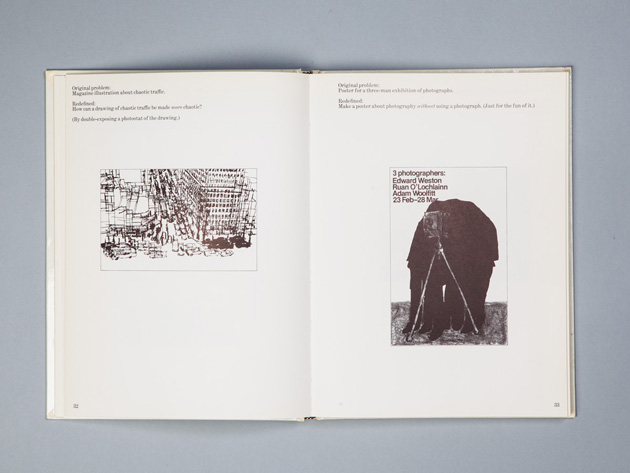If you are not an architect or a designer and you were to read the payoff “A magazine for architectural entertainment”, wouldn’t you be at least a little bit intrigued? Wouldn’t you want to know what is it exactly that those serious architects find entertaining and what does actually crack them up? Well, if you are going for nerdy inside jokes and puns about form and function, probably you are looking at the wrong magazine. Aside from its clever catchphrase, PIN-UP is a publication that actually takes the matter seriously, albeit often quite unorthodoxly.
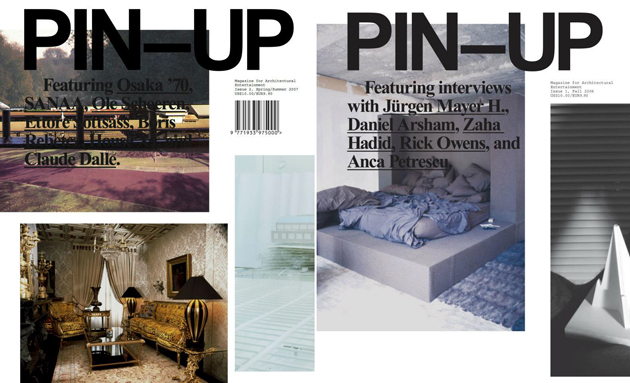
Founded in 2006 and published twice a year, PIN-UP has grown to become one of the most significant publications about design and architecture. Standing up against all those apparently serious and deep, but also kind of dull, established publications, it has tried to develop a critical discourse about contemporary architecture. Aided by a hint of irreverent graphic design, it has surely made its point: architectural magazine can actually be fun and engaging even for the general public. This is why it should only be right that they immortalized their eight years of work with a more serious, yet equally interesting publication.
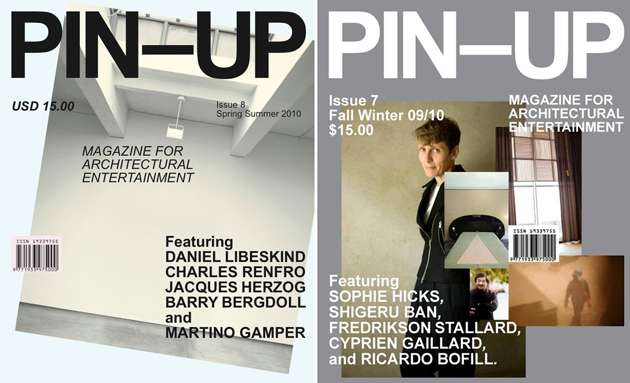
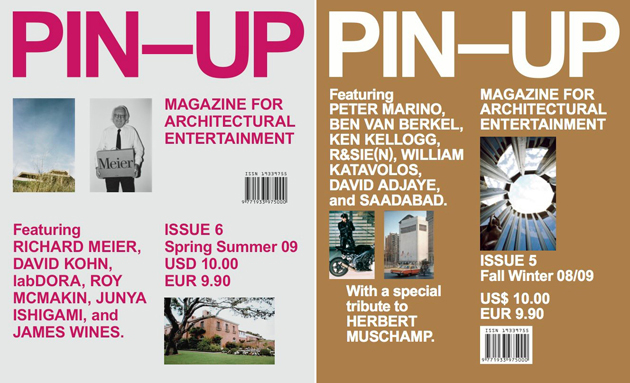
Simply named “PIN-UP Interviews”, this book is a collection of all the feature interviews published in the magazine since its first issue. Properly re-edited to fit their new purpose, this book features interviews with architects David Adjaye, Shigeru Ban, Ricardo Bofill, David Chipperfield, Zaha Hadid, Junya Ishigami, Rem Koolhaas, Peter Marino, Richard Meier, and Ettore Sottsass; artists Daniel Arsham, Cyprien Gaillard, Simon Fujiwara, Boris Rebetez, Oscar Tuazon, Andro Wekua, and Robert Wilson; and designers Rafael de Cárdenas, Martino Gamper, Rick Owens, Clémence Seilles, Hedi Slimane, and Bethan Laura Wood. Even though we would not go as far as Hans-Ulrich Obrist and state that this is “A mesmerizing book of interviews that reads as addictively as a thriller”, it nevertheless appears a timeless form of architectural entertainment, perfect to read (or re-read) just any time.
